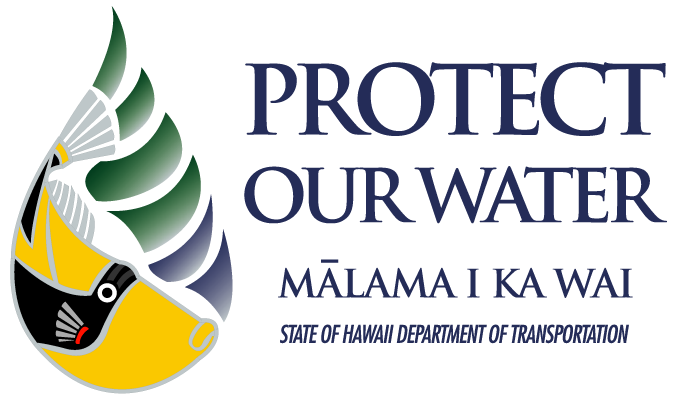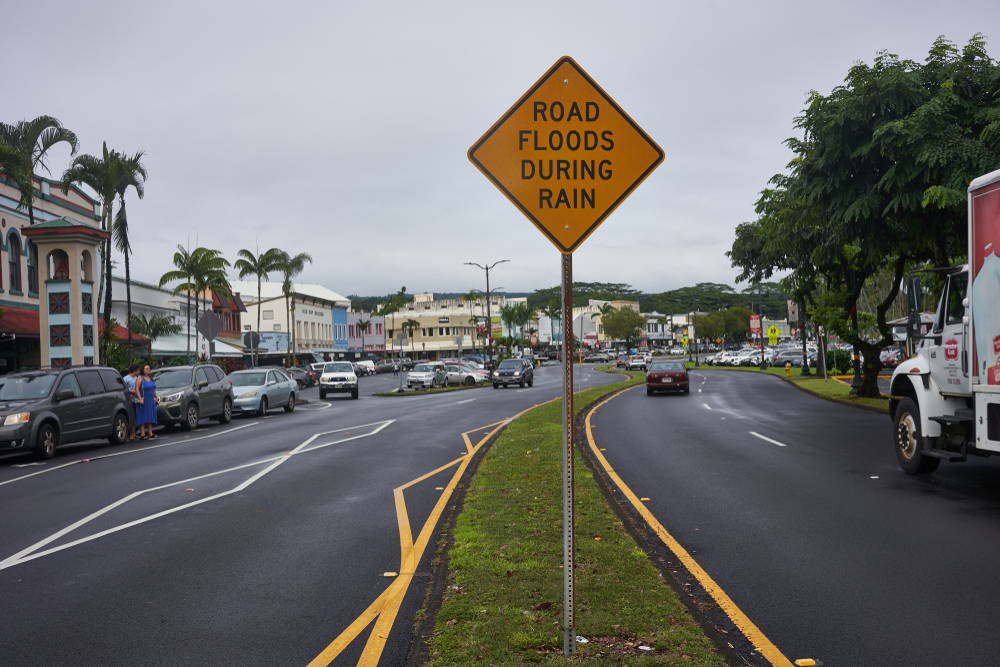Hawaiʻi’s beautiful landscapes and vibrant marine life make the islands unique, but the ecosystem is highly vulnerable to pollution. One significant issue is storm water runoff – the water that flows across streets, parking lots, and other areas during rainfall.
Hawaiʻi’s storm water systems are largely separate from sewage systems, meaning runoff flows directly into streams, rivers, and the ocean without treatment. The state’s geography and biodiversity present unique challenges for its storm water management. Key considerations include:
- Marine Pollution: Hawaiʻi’s location in the Pacific makes it susceptible to marine pollution. Storm water runoff carries pollutants, including plastics, which harm the ocean, reefs, and marine life. As an isolated region, Hawaiʻi often becomes a repository for plastic waste transported by ocean currents.
- Erosion and Sedimentation: Heavy rainfall can wash soil and debris into waterways, leading to erosion and sedimentation in coastal areas. The sedimentation negatively impacts water quality and damages coral reefs, which require clean water to thrive.
- Limited Natural Buffer: Unlike many continental coastal regions, Hawaiʻi lacks extensive natural buffers, such as wetlands or estuaries, to filter storm water before it reaches the ocean. This makes the direct discharge of untreated runoff a more significant issue.
But how does Hawai’i’s storm water management compare to regions elsewhere? Storm water systems vary worldwide, influenced by geography, infrastructure, and regulations. Key examples include:
- Municipal Separate Storm Sewer Systems: Also known as MS4’s, Municipal Separate Storm Sewer Systems are structures, such as pipes, inlets, or drains, designed to collect and convey storm water runoff and discharge into nearby waters. Just like here in Hawai’i, MS4’s are separate from the sewer system and are subject to unique regulations that aim to minimize pollution.
- Combined Sewer Systems: Unlike Hawai’i’s separate storm system, some cities, like New York, Chicago, and San Francisco, use combined sewer systems where storm water and wastewater share the same pipes. During heavy rainfall, these systems can overflow, releasing untreated sewage and storm water into rivers or the ocean. To address this, many cities are working to separate sewer systems or install advanced treatment infrastructure.
- Storm Water Treatment: Many U.S. municipalities, including O’ahu, now treat storm water before it enters waterways. Treatment methods include detention ponds, biofiltration (e.g., rain gardens or vegetated swales), and mechanical filtration to remove pollutants such as sediments, oils, and chemicals.
Hawaiʻi is taking proactive measures to address storm water pollution through Storm Water Management Plans. For example, individuals and companies that may impact the State’s MS4 are required to implement storm water best management practices (BMPs) to control runoff and reduce pollutants at their source.
The state has also emerged as a leader in Plastic Waste Reduction, through initiatives such as its ban on single-use plastics in Hawaii. This policy directly benefits storm water quality by preventing plastic waste from entering the environment.
These efforts, along with continued innovation in storm water management, are essential to safeguarding Hawaiʻi’s waters and preserving its unique wildlife for generations to come.


